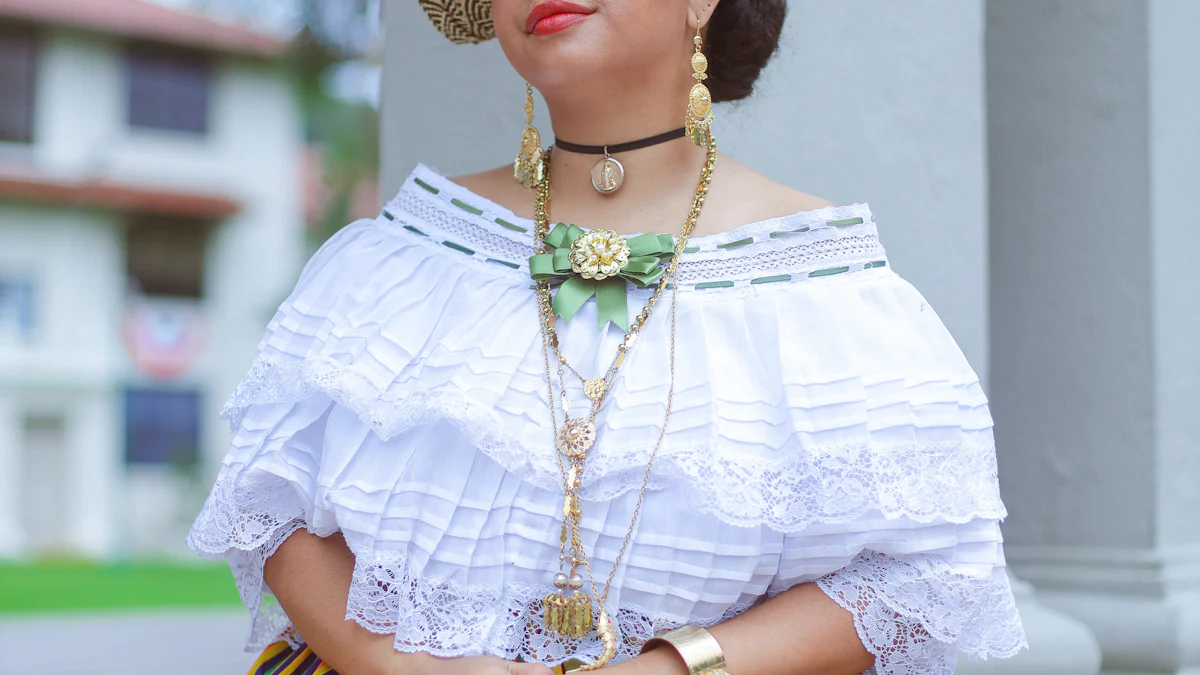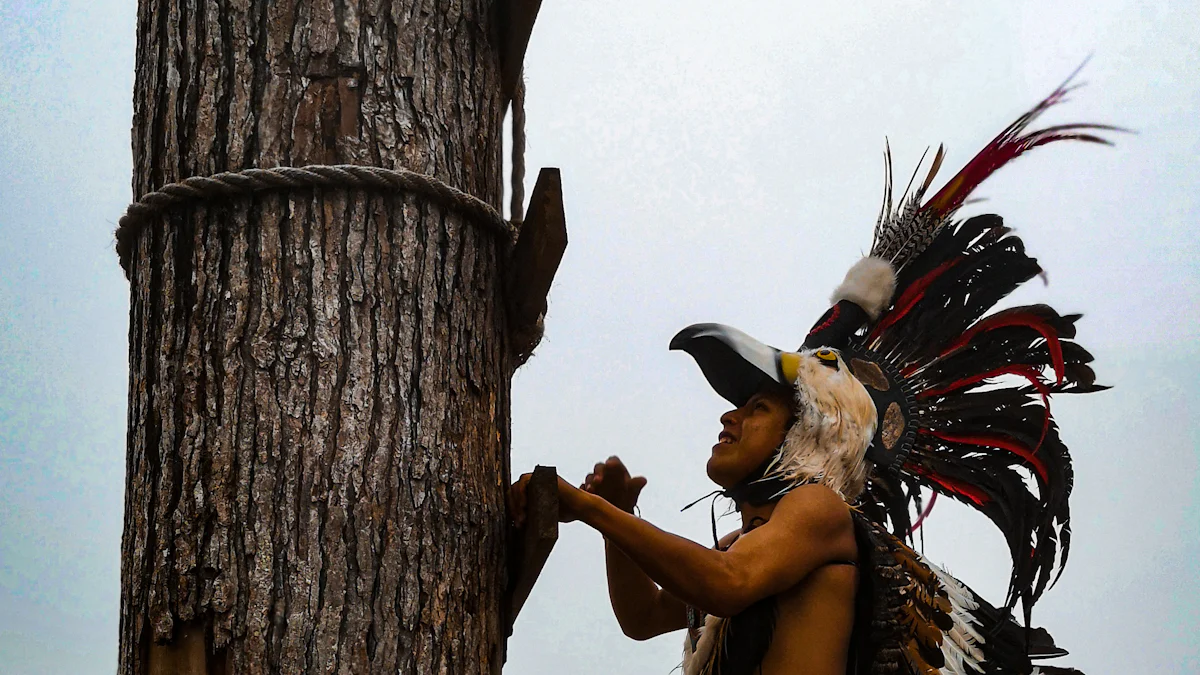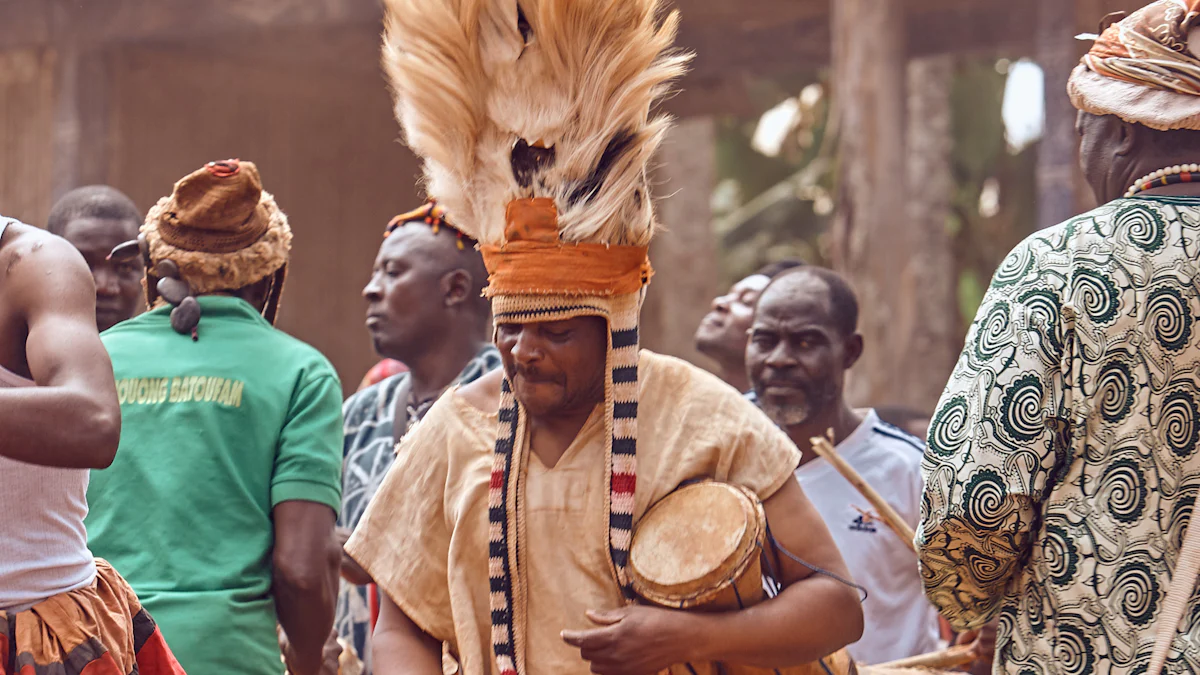
The ribbon skirt holds a special place in Indigenous culture, symbolizing a profound connection to Mother Earth. This traditional garment is more than just clothing; it’s a powerful expression of identity and heritage. In ceremonies and important life events, Indigenous women don the ribbon skirt with pride, honoring their roots and traditions. This blog aims to explore the rich legacy of the ribbon skirt, delving into its history, cultural significance, and modern-day relevance.
History and Origins

In the 1800s, Indigenous women introduced brightly colored silk ribbons and embroidered patterns to create the ribbon skirt, expressing pride in their cultural identity. This marked the early beginnings of a garment that would evolve over time, gaining new meanings and symbolism. The ribbon skirt transcended mere fashion, connecting spiritually and politically to indigenous issues.
The evolution of ribbon skirts reflects a deep-rooted significance within Indigenous communities. These skirts are not just pieces of clothing; they convey intricate details, stories, history, and power. Each ribbon sewn onto the fabric represents a thread of indigenous culture, inspiring both traditional attire and modern fashion trends.
Throughout history, ribbon skirts have been more than garments; they are symbols of resilience and cultural pride. From ceremonial occasions to everyday wear, these skirts embody the strength and spirit of Indigenous traditions. As they continue to be worn with reverence and honor, the legacy of the ribbon skirt lives on as a testament to Indigenous heritage.
Cultural Significance

The ribbon skirt carries profound symbolism, embodying a direct connection to Mother Earth and serving as a powerful expression of identity. Indigenous women wear the ribbon skirt with pride, symbolizing resilience, strength, and cultural heritage. Celebrated annually on January 4 across Turtle Island, this traditional garment represents more than just clothing; it signifies a deep-rooted connection to nature and community.
Symbolism
Indigenous leaders like Interior of the Secretary Deb Haaland emphasize that the ribbon skirt symbolizes power, responsibility, confidence, and the shedding of shame. Each ribbon sewn onto the fabric represents love, protection, and a sense of belonging within one’s identity and community. The vibrant colors and intricate designs tell stories of strength and unity among Indigenous women who proudly wear this symbolic attire.
Ceremonial Use
During special occasions such as ceremonies and gatherings, the ribbon skirt takes on added significance. Minnesota Lieutenant Governor Peggy Flanagan, a White Earth enrollee, highlights how these skirts are worn with reverence to honor traditions and ancestors. The act of wearing a ribbon skirt becomes a ritual in itself, connecting individuals to their roots and cultural practices. Through these ceremonial moments, Indigenous communities celebrate their heritage with pride.
Modern-Day Relevance
In contemporary times, the ribbon skirt continues to hold profound cultural significance, transcending its origins to become a symbol of empowerment and awareness. The Ribbon Skirt Movement has emerged as a powerful force for celebrating Indigenous heritage and promoting cultural understanding.
The Ribbon Skirt Movement
- Cultural Awareness: Through the vibrant colors and intricate designs of the ribbon skirt, Indigenous communities express their rich traditions and stories. Each ribbon woven into the fabric represents a thread of resilience and unity among Indigenous women, fostering a deeper connection to their roots.
- Empowerment Initiatives: Organizations like the Ribbon Skirt Project have spearheaded initiatives to raise awareness about the cultural importance of the ribbon skirt. By encouraging individuals to embrace this traditional garment respectfully, these efforts empower Indigenous women to reclaim their identity and heritage.
National Ribbon Skirt Day
- Origin and Celebration: National Ribbon Skirt Day, observed on January 4th in Canada, commemorates the significance of this traditional attire. Originating from Isabella Kulak’s experience, where she faced shaming for wearing a ribbon skirt, this day celebrates Indigenous resilience and cultural pride.
- Impact on Society: The celebration of National Ribbon Skirt Day serves as a reminder of the strength and beauty encapsulated in the ribbon skirt tradition. By honoring this garment’s legacy, society acknowledges the enduring spirit of Indigenous cultures across North America.
- The legacy of the ribbon skirt is a tapestry woven with threads of resilience, cultural pride, and ancestral wisdom. Each ribbon stitched onto the fabric symbolizes a connection to Mother Earth and a celebration of identity. Indigenous women like Peggy Flanagan find strength and unity in wearing these skirts, feeling empowered by the love and protection they represent. As we honor this tradition, we acknowledge its significance in preserving Indigenous culture and fostering community bonds.
“When I wear ribbon skirts, I feel the strength, love, and protection of my Native sisters and aunties.” – Peggy Flanagan
- It is essential to respect and honor the ribbon skirt tradition, recognizing its role in reclaiming cultural practices lost over time. By embracing this symbolic attire with pride and reverence, individuals contribute to the revival of sacred Indigenous spaces. Let us learn more about the stories woven into each ribbon and participate in cultural awareness initiatives that celebrate our shared heritage.
“For many, the making and wearing of ribbon skirts is about reviving an important cultural practice that was lost during the Indian Residential School era.” – Kaija Heitland






